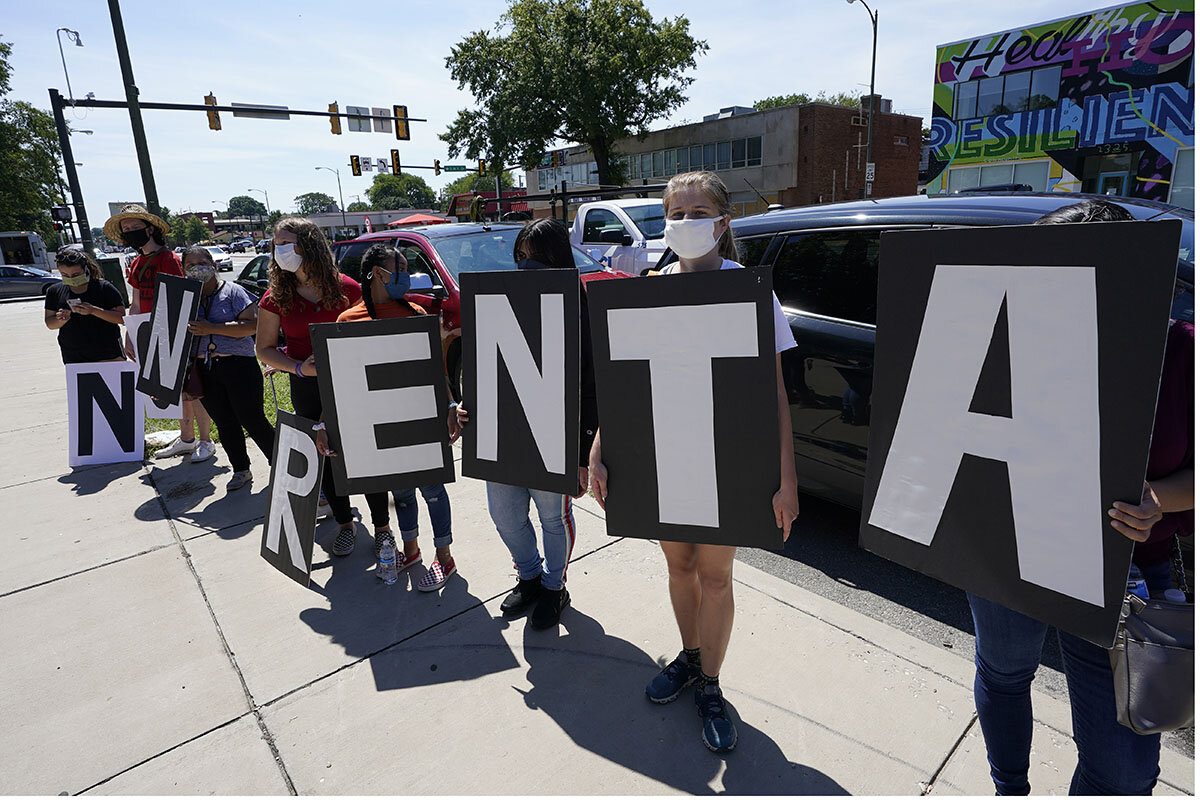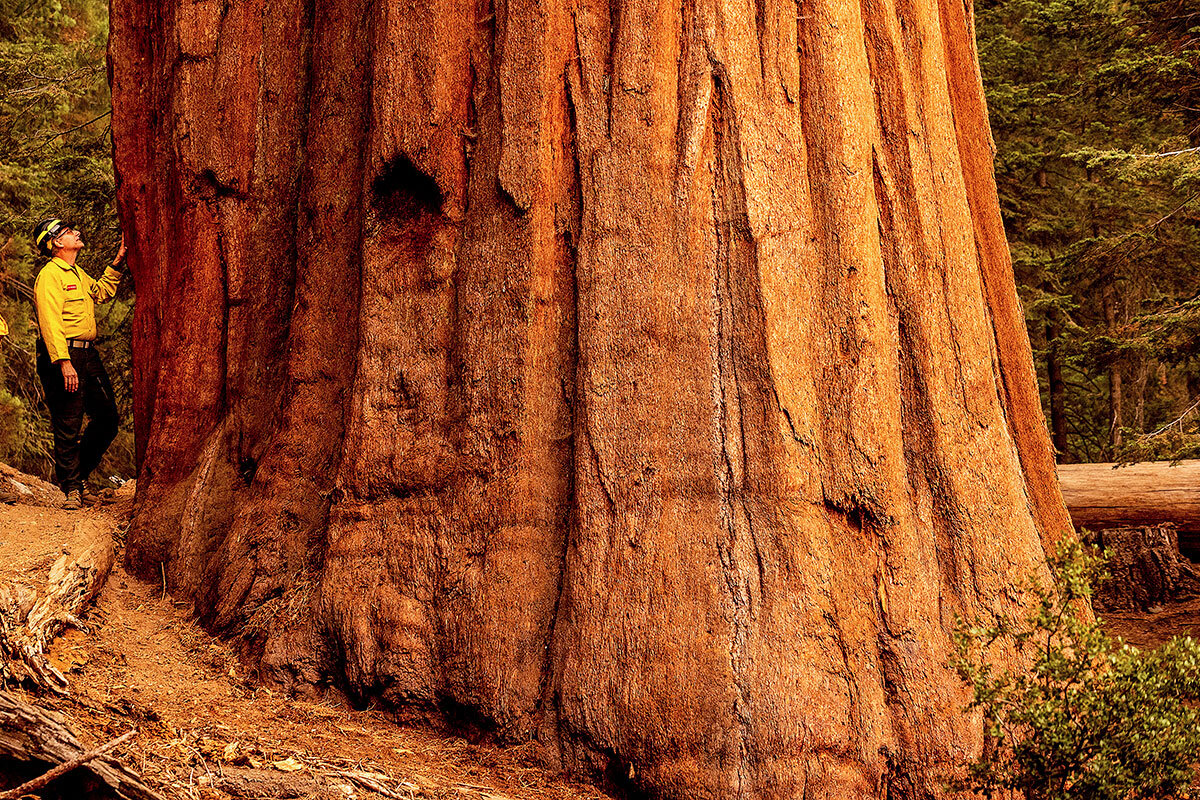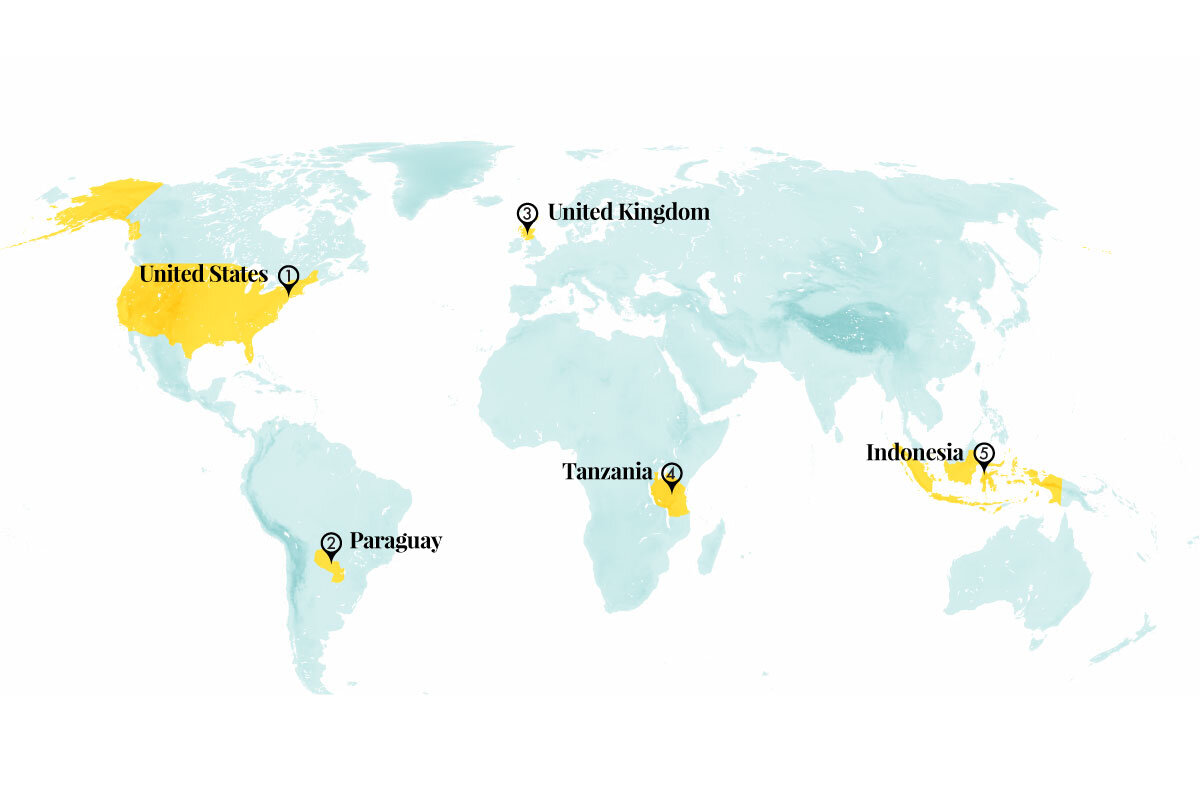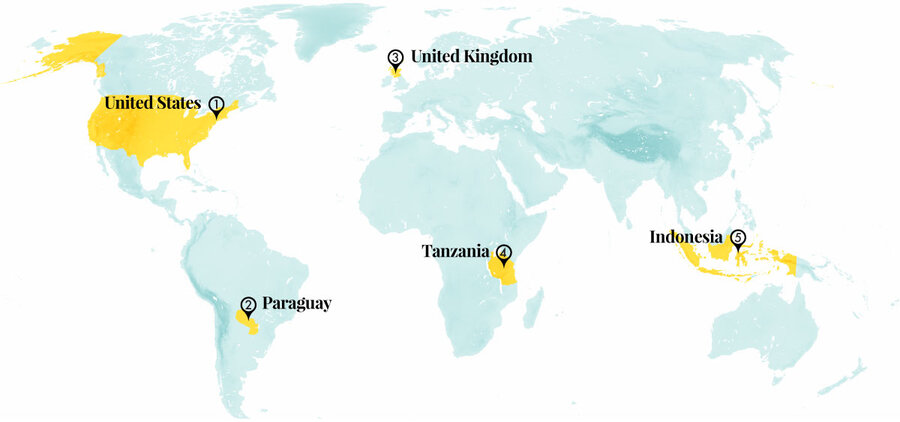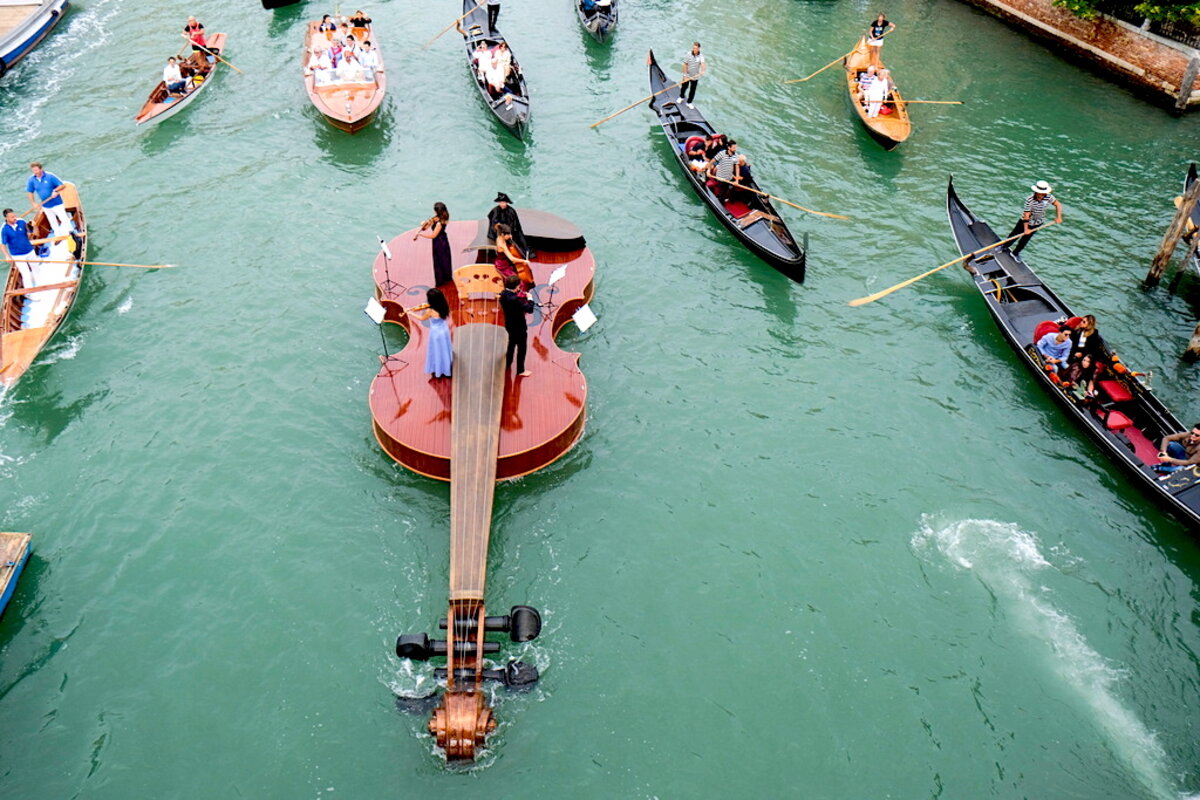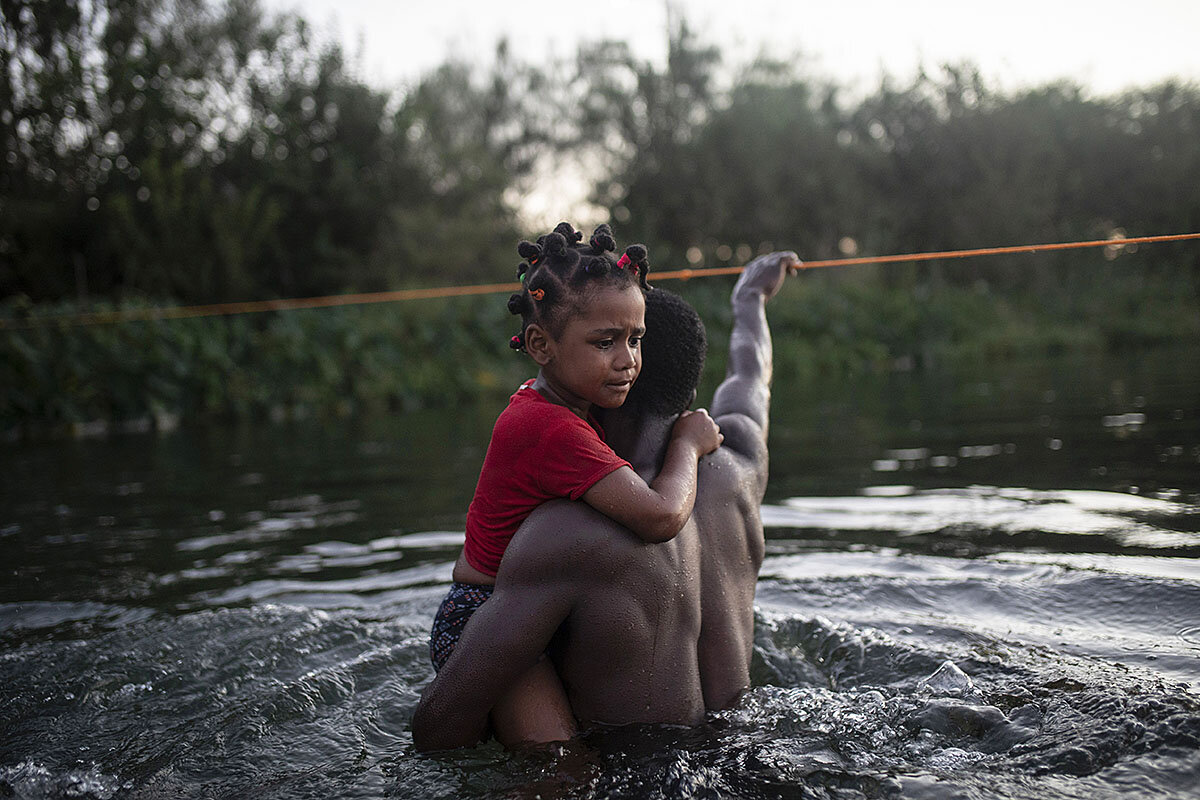Angela Merkel, who is stepping down as chancellor, exuded a quiet assuredness and willingness to embrace change that made her a force on the global stage. That legacy, some say, was rooted in her upbringing in East Germany.
Monitor Daily Podcast
- Follow us:
- Apple Podcasts
- Spotify
- RSS Feed
- Download
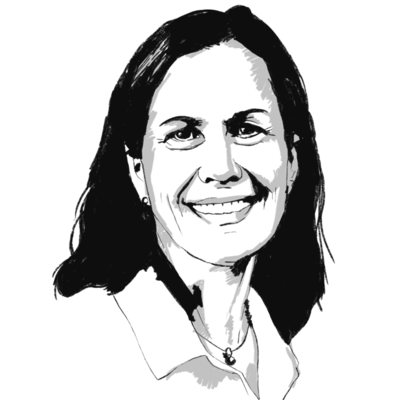 Amelia Newcomb
Amelia Newcomb
Until recently, if visitors walked the Walnut Street Bridge in Chattanooga, Tennessee, they likely would be unaware of its troubled history. But yesterday, that changed – in a way many hope will promote reconciliation.
On March 19, 1906, a murderous crowd surged to the bridge, where they lynched Ed Johnson. The young Black man had been accused of raping a white woman and was sentenced to death after a flagrantly biased trial. When he was granted a stay of execution by the U.S. Supreme Court, white residents turned to mob violence.
On Sept. 19, 2021, a very different crowd gathered on the bridge. In a spirit of righting history, the diverse group of hundreds walked across the Tennessee River. Then, amid song and the spoken word, including a formal apology from Mayor Tim Kelly, they witnessed the unveiling of the Ed Johnson Memorial, the result of years of work to bring the case to light and heal a city. Now, the bridge’s full story – of violence and bravery, of inhumanity as well as courage and deep spiritual faith – is there for all to learn from.
The Johnson case left a powerful mark. The appeal to the Supreme Court was one of the first by a Black attorney. The court’s order of a federal review of Johnson’s conviction was unusual for a tribunal that long ignored unconstitutional procedures in the South. After the lynching, the Supreme Court conducted its only criminal trial in history, resulting in several convictions. Justice Thurgood Marshall would later say it was the first time Black people saw the court act on their behalf.
“Remembrance, reconciliation, healing” is the spirit underlying the memorial. Eddie Glaude Jr., professor of African American studies at Princeton University, said Sunday that to create a better America, “we gotta tell the truth.”
That opens the door to progress. As Eric Atkins, vice chairman of the Ed Johnson Project, put it: “When hearts and minds are intermingled, you can achieve things you thought were impossible.”







